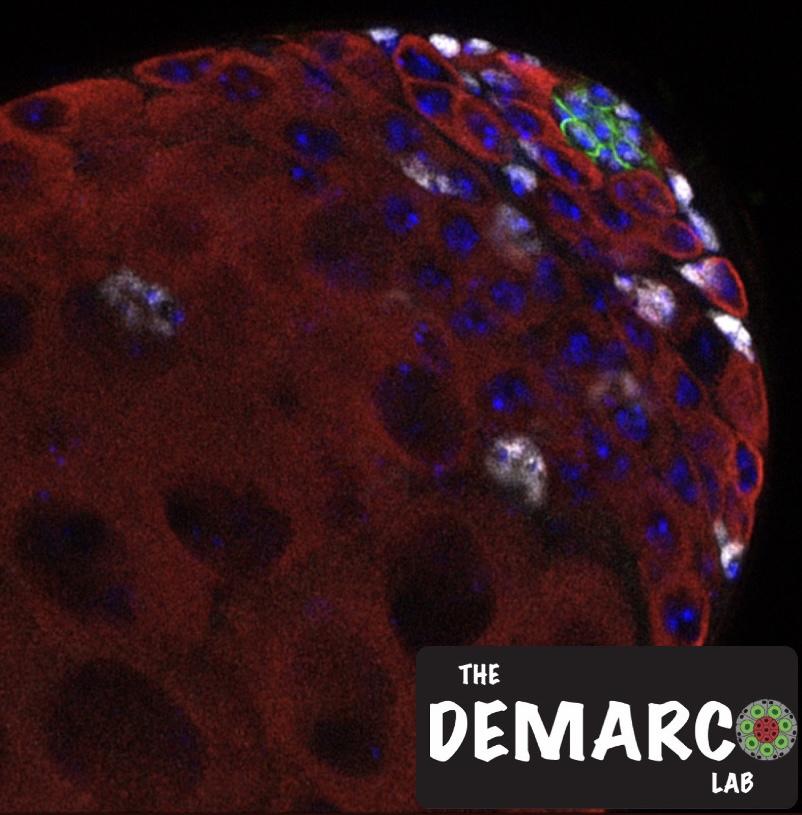"Leveraging Animal Behavioral Interactions to Learn About Cognition & Social Dynamics"

Dr. Elizabeth Hobson | Hobson Lab
Bio:
Dr. Hobson received her PhD from New Mexico State University and was awarded two independent postdoctoral fellowships, the first at NIMBioS (the National Institute for Mathematical and Biological Synthesis) and the second at the Santa Fe Institute. She started her lab at the University of Cincinnati in Fall 2019 and is currently an Assistant Professor.
Abstract:
In many social species individuals create their social worlds through interaction decisions and are then subject to and constrained by these social constructs, which can affect an individual’s future actions. Understanding how much individuals “know” about their social worlds is critical in understanding these potential feedbacks. However, it is difficult to determine how much information individuals have about the social structures in which they live. In this talk, I summarize several ways my group is addressing these questions by combining empirical experiments with computational approaches to provide insight into cognition through social decisions. I highlight new work on parakeet aggression and dominance hierarchies to illustrate this approach. I show evidence that parakeet rank is unlikely due to individual characteristics and that group-level social dominance patterns can be plastic and can respond to group membership changes. Finally, I show how parallel or related experiments can allow for comparative analyses across species. These approaches, and a taxonomically broad perspective, provide new opportunities to investigate the effect of social information on individual behavior within conflict, and has the potential to provide rigorous evidence for the evolutionary patterns underlying social cognition.
Watch the seminar here!


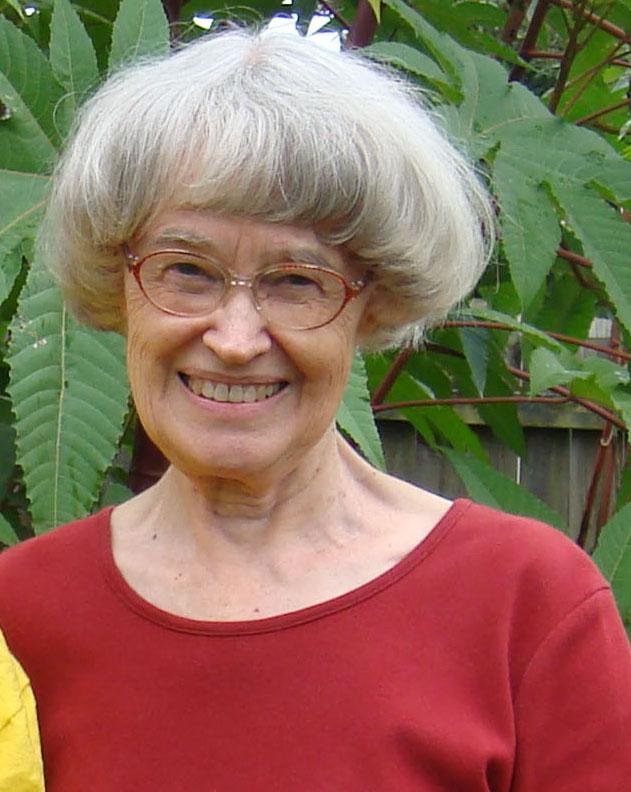
 Ned Dochtermann
Ned Dochtermann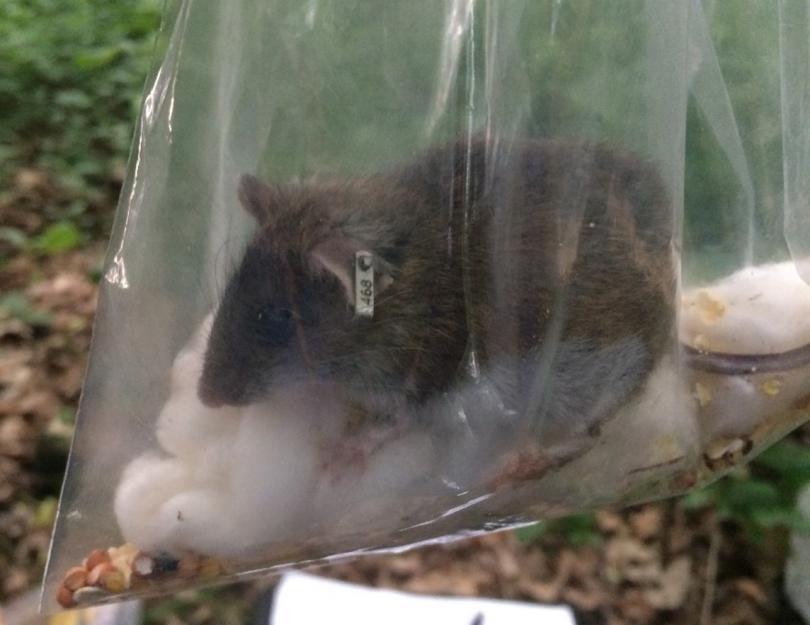
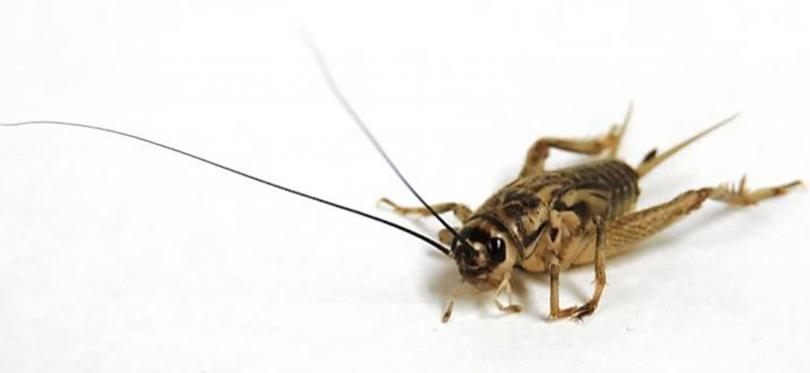
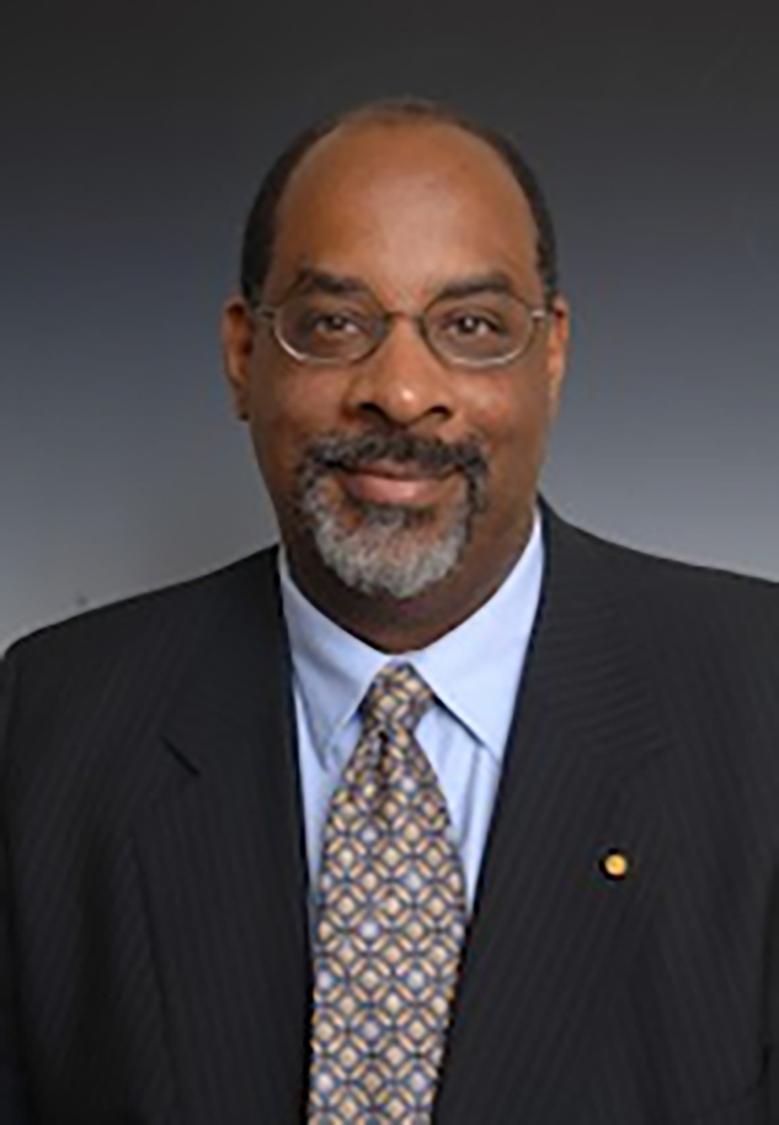
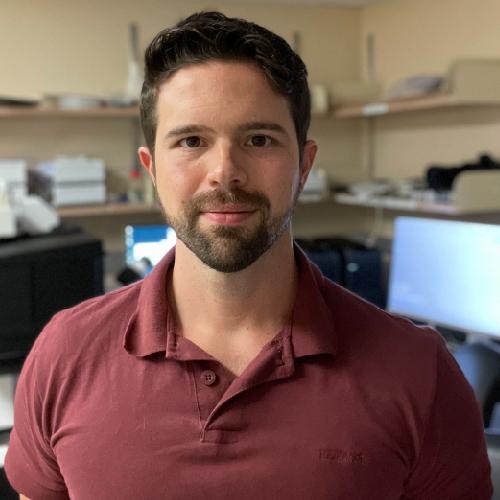 Dr. Rafael Demarco |
Dr. Rafael Demarco | 